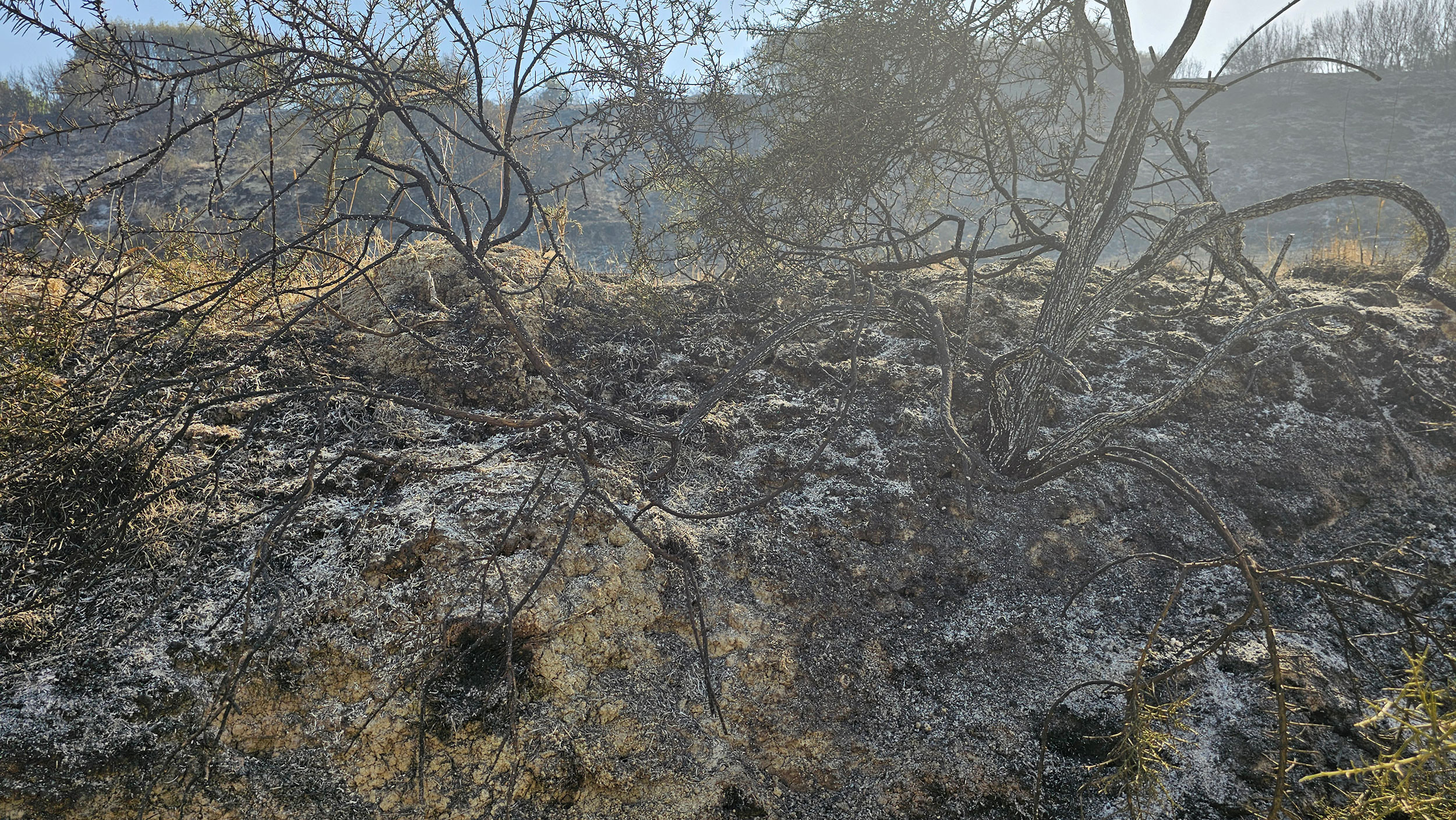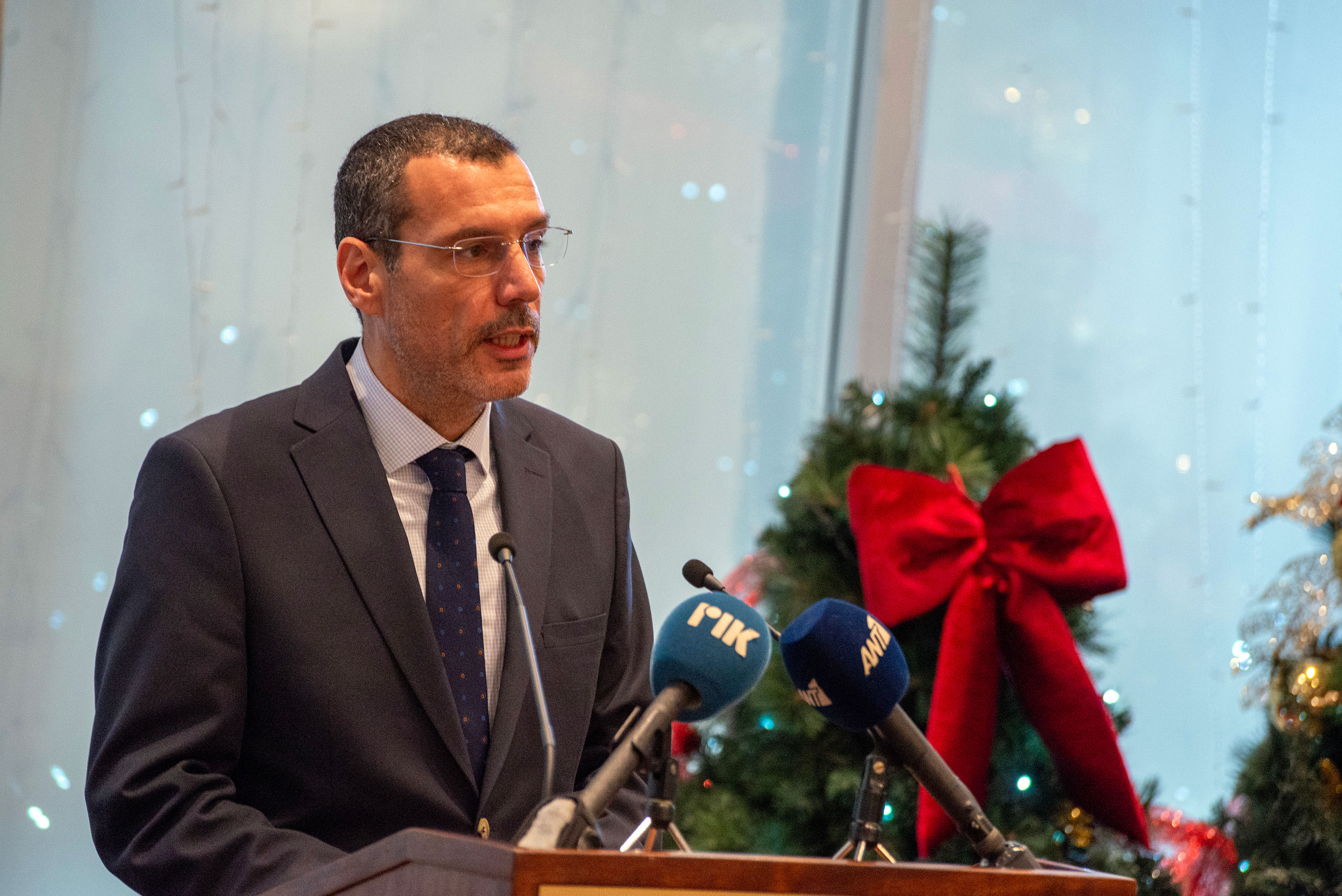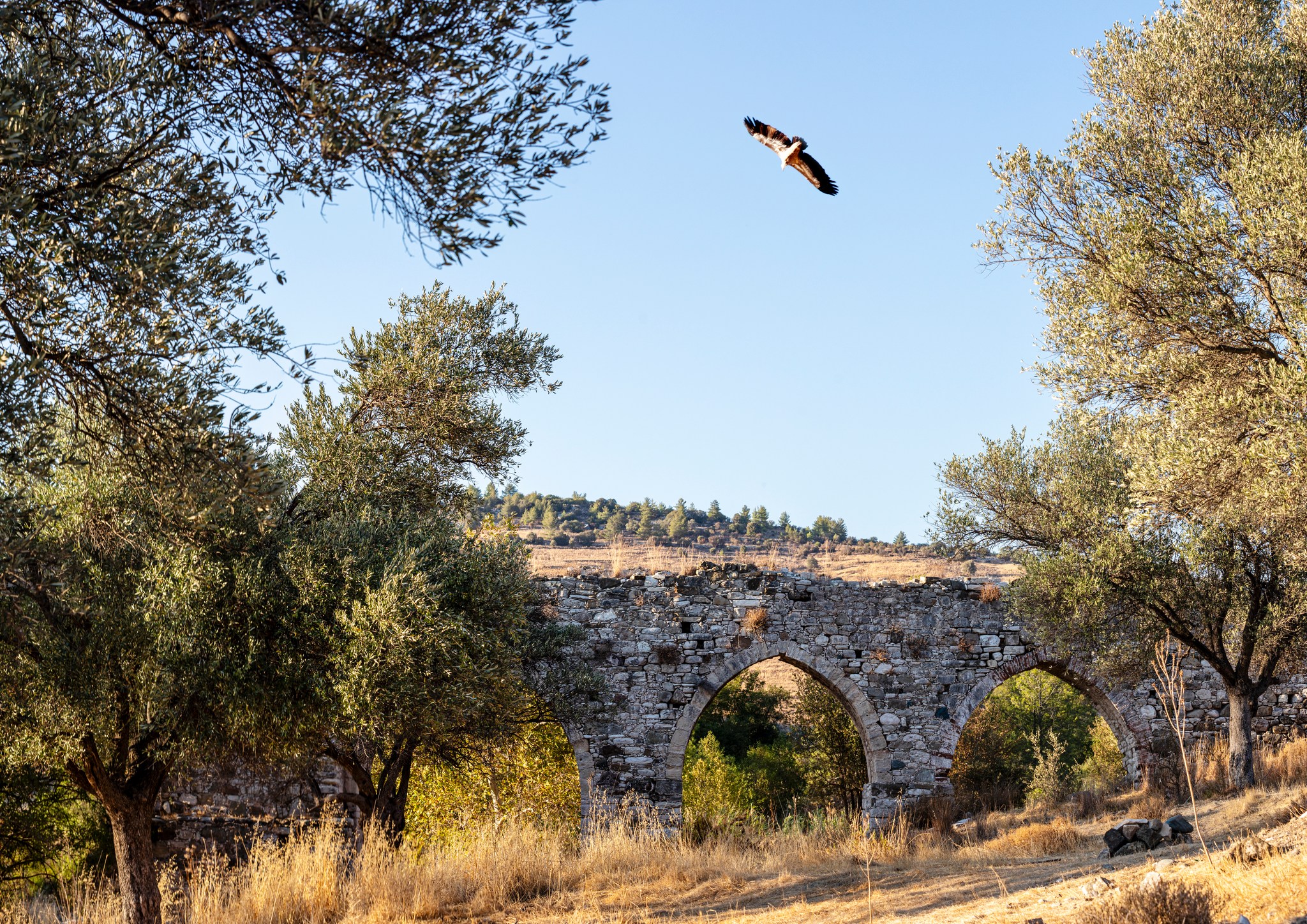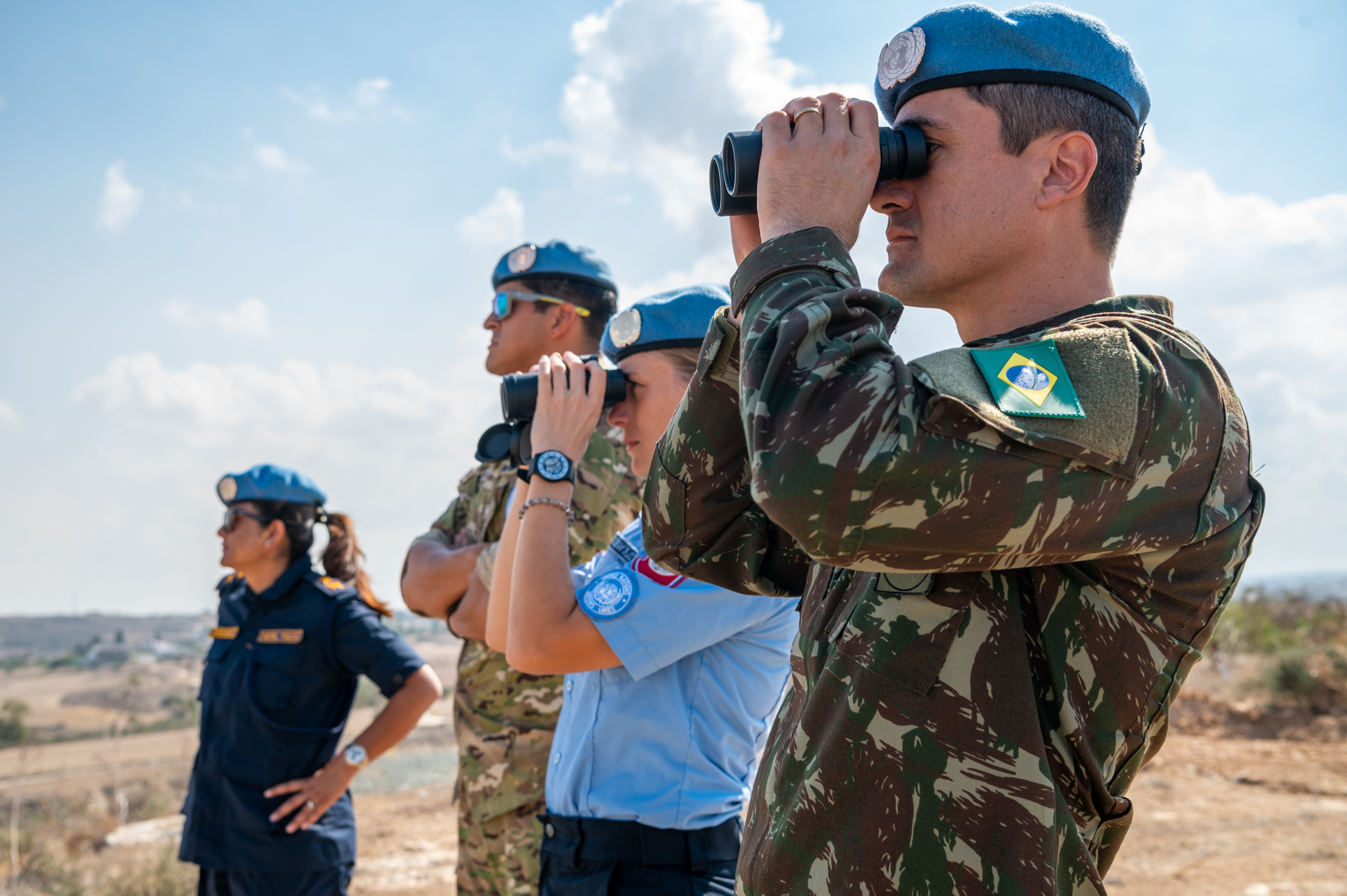Firefighters were battling ‘continuous and intense’ flare-ups between the communities of Polemi and Kourdaka, fire service spokesman Andreas Kettis said on Wednesday afternoon.
The fire that broke out on Tuesday near Polemi is estimated to have destroyed eight square kilometres of land, including houses and animal farms.
“The flare ups are being dealt with. Ground forces will remain in the area. The aircraft helping out the ground forces will continue to work as long as conditions allow,” Kettis said.
Seven aerial firefighting units, including a coordination helicopter along with ground forces were at the scene. The Ikarous II contingency plan has been activated, Kettis wrote on X.
Meanwhile, a new fire broke out just outside the nearby Yiolou village but was controlled before it spread into the community, the spokesman said.
Earlier in the day, Kettis said the fire in the Ezousa valley area on Tuesday and Wednesday was contained but had warned of the risk of flare-ups which took place later in the day, adding that the aircraft remained on standby. In total six aircraft including those from Greece and Jordan assisted firefighting efforts on Wednesday.
Residents of Polemi, Psathi, Lemona, Choulou and Kourtouka were evacuated on Tuesday night. Several were hospitalised.
At least three houses were destroyed, while several others were damaged. The fire also burned cultivations and livestock structures according to local authorities who were recording the extend of the damage on Wednesday.
Electricity authority crews were also working to restore power in the affected communities where poles had burned down.
Despite the danger, no human lives were lost. Ten people needed to be cared for at Paphos general hospital for respiratory impacts caused by smoke inhalation and only light injuries have been recorded.
But this recent disaster highlighted the lack of effective preventive strategies.
Authorities have pointed out that dry wild vegetation surrounding homes was a major factor in their endangerment, as well as illegal rubbish dumps, pervasive throughout the island.
Reiterating how the fire was possibly caused by illegal dumping, Agriculture Minister Maria Panayiotou on Wednesday underscored the need for responsibility and vigilance among citizens to prevent such criminal actions. She also mentioned government’s efforts to deter illegal waste dumping with stricter penalties.
Meanwhile, newly elected Paphos district governor Charalambos Pittokopitis, who was at the scene from the start, vowed to establish “green points” throughout the district as well as mobile waste disposal units in rural areas.
For his part, Paphos MP Chrysanthos Savvides pegged the fire-risk on urban flight, and said the problem only faces exacerbation unless serious action is taken to facilitate agricultural endeavours and restore the numbers of permanent residents in such communities.
Many distraught residents complained about the limited number of aircraft at the ready on Tuesday, which they claim could have stopped the fire at its source, and accused authorities of a tardy response.
However, chief fire officer Nikos Logginos has contested these sentiments.
Firefighting craft began water drops at 6.30am on Wednesday, although they had been ready since 5.30am, however, fog conditions did not permit their deployment sooner, Logginos said, with residents anxiously watching the skies in anticipation since dawn.
“Everything is black in the village, where there used to be greenery all around now all we see is black,” Psathi community leader Michalis Kyriakou told state broadcaster CyBC.
“Nothing is left, the fire flew like a cyclone through the village and around it,” he said.
Smoke from the blaze was still visible on Wednesday morning as far as Paphos and mountain communities over 15 kms away.
The fire was sparked in a hard-to-access location around 3km from Polemi and was initially spotted by an aerial patrol craft which immediately attempted a limited water drop. However, the blaze subsequently tore through the gorge creating a “chimney effect”, the fire chief said.
He later told CyBC that an eyewitness reported the fire began in an illegal rubbish dump.
At the height of the blaze six aircraft were deployed, said Forestry Department director Savva Iezekil. These were three planes managed by the forestry department – one owned by the RoC and two Australian crafts on lease, a Jordanian helicopter which had been stationed in Cyprus, and the two Canadairs which arrived earlier from Greece. There was also a coordination helicopter.
Around 250 ground forces and 50 service vehicles and eight farm vehicles battled to contain the fire which tore through difficult-to-access areas, necessitating the evacuation of five villages.
Four aircraft, theoretically at the state’s disposal, had not been deployed for safety reasons, Kettis said. This includes two Egyptian MI55’s and two Argentinian craft. Once the extreme danger was assessed, Logginos activated the national Pyrsos plan, requiring immediate coordination among all competent bodies and ministers at the Zenon Coordination Centre in Larnaca.








Click here to change your cookie preferences